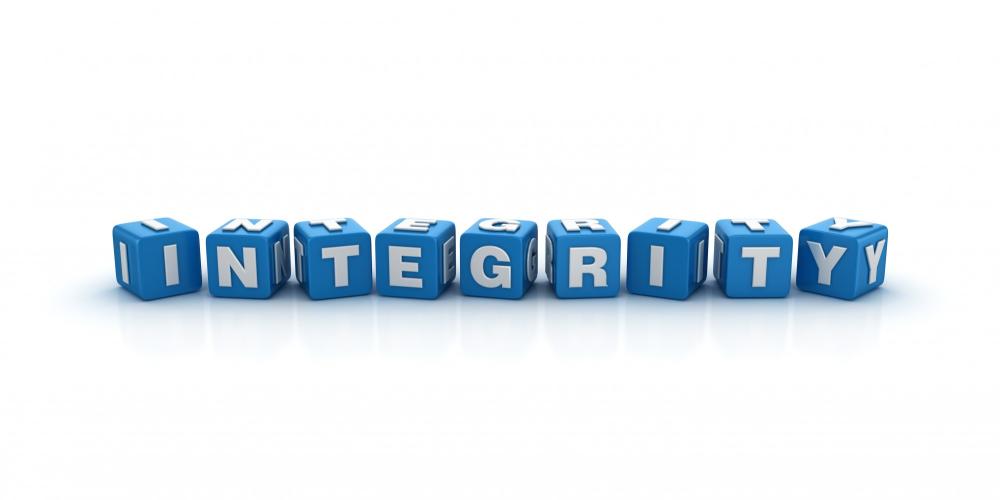Advertisers are Demanding Digital Transparency. Is Direct Response the Solution?

With the rise of online advertising and a handful of digital behemoths—mainly Facebook and Google—holding most of the cards, the advertising rules are set by few and followed by millions. If marketers have noted a slide in transparency, growth of fraud, and lack of brand safety, their complaints haven't resulted in sweeping transformations, but that might be about to change.
A recent Adweek feature detailed the struggle for transparency and fairness in digital marketing; a fight CPG companies like Proctor & Gamble have been on the front lines of in recent years. At stake are billions of dollars in ad dollars held hostage until CPG heavyweights feel their concerns about brand safety, transparency and ad fraud have been addressed.
CPG Companies Should Look to Direct Response
So, why the sudden push to put Google and Facebook's feet to the flames? CPG companies are seeing a dropoff in sales—and since much of their advertising is social and digital, that means the ROI isn't there. CPG digital advertising campaigns are typically geared at indirect sales and overall brand positioning—two factors that are notoriously difficult to measure for ROI. If CPG brands are looking to bring trust back into the relationship with their media buying agency, direct response can get them there.
"Direct response" refers to any form of advertising that's designed to elicit a specific response, whether it's a purchase or a sign-up. Results from response marketing are more visible, more measurable and more immediate, especially when paired with other marketing executions. A direct response marketing agency like Kingstar Media will be better able to provide reporting on metrics that correlate to revenues, creating an open and transparent relationship with brands, and ensuring ad dollars are precision targeted with minimal waste in the supply chain.
It Might Be Time to Consider Radio
Radio media buying for direct response, as we've been chronicling right here on the blog, is still a highly effective way to target audiences and see results. We've been touting the promising impact of non-programmatic advertising on audio outlets like podcast, music streaming and radio, and while successful startups like Squarespace and Casper Mattresses have embraced non-programmatic Direct response radio and podcast campaigns, it might be time for the old guard CPG industry to follow suit.
CPG Advertisers Should Know Their Worth
At a recent conference, P&G Chief Brand Officer Marc Pritchard delivered a firm ultimatum to Google and Facebook and the ad agencies between them: step up or say goodbye to an important revenue source. For context, P&G is responsible for $2.4 billion in ad buying, annually. Other brands like Unilever and Bank of America have followed suit, realizing that their frustrations may find more sympathetic ears when money is in the mix. Ultimately, their heat-pressure approach may pave the way for a better digital ad scape for all brands, including small companies with less clout. Using industry influence to inspire changes that will benefit everyone? Talk about using your powers for good.

